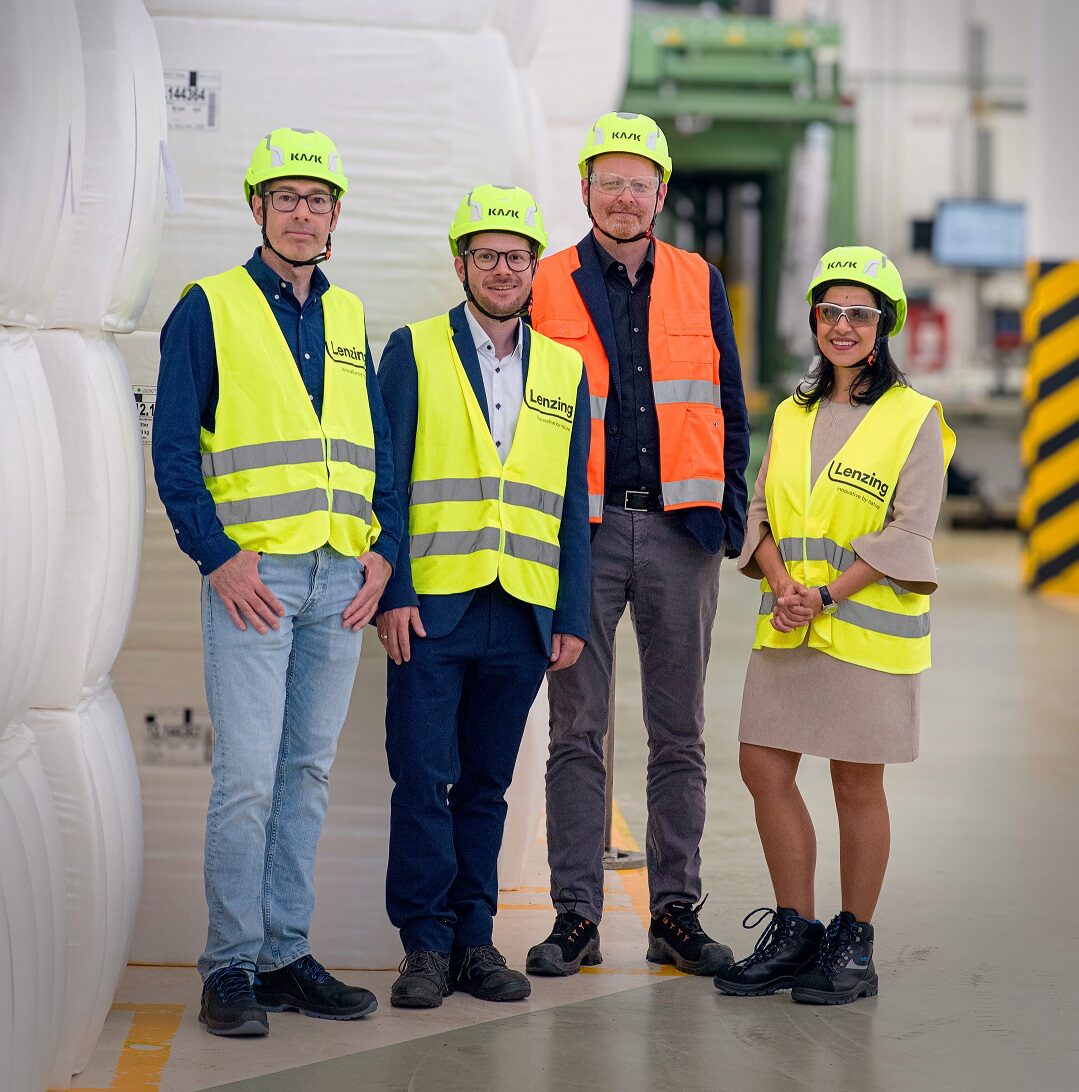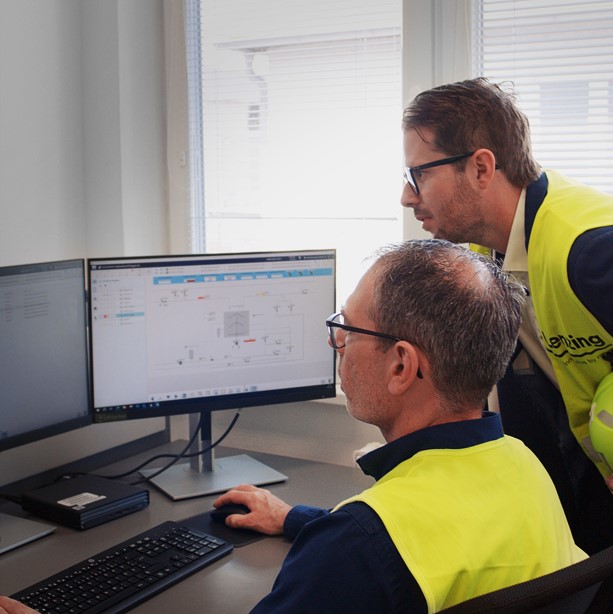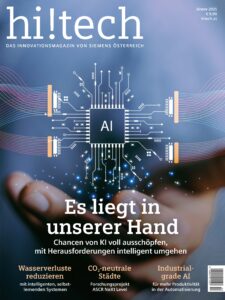Recycling economy in fiber production
Co-creation process for sustainable production at Lenzing AG

Co-creation process for sustainable production at Lenzing AG

TENCEL™ Lyocell and Modal fibers feel soft, durable and moisture-wicking and can be used for all textiles, from activewear to high fashion. At the end of their life, used TENCEL™ fibers can be recycled into new, fresh fibers. At the end of their life, used TENCEL™ fibers can be recycled into new, fresh fibers. And if recycling is not possible, the fibers are completely digested.It makes perfect sense these environmentally friendly fibers are produced as responsibly as possible.
It makes perfect sense these environmentally friendly fibers are produced as responsibly as possible. This is why Lenzing is constantly developing innovative technologies for the manufacture of sustainable products. Particular attention is paid to the optimal use and processing of all raw materials and the efficient recovery of chemicals, water and energy. Lenzing Group have followed different paths to create a comprehensive circular fiber economy.
Lenzing intends to fully utilize its capacities and further rationalize its processes, starting with the Lenzing site in the Salzkammergut region. “To be successful, we have to continuously optimize existing technologies, develop innovative solutions and expand our production capacities worldwide,” says Enrico Thallmann, Vice President Global Projects and Engineering at Lenzing. The digitalization of production is proving to be a key strategy to achieve these goals, and Siemens, a leader in digital and sustainable production processes, is proving to be an ideal partner for Lenzing.
 © Siemens
© SiemensCo-creation paves the way for a sustainable future (from left): Thomas Wolf (Lenzing AG),Daniel Kern (Siemens), Christoph Sedminek (Lenzing AG) and Mahboobeh Bayat (Siemens)
Here are some of the successes Siemens and Lenzing have achieved in their co-creation process, that involved connecting the real and digital worlds – a project that went from planning to implementation in just six months:
1. Time savings
The extensive use of software such as Comos for plant engineering and Simit for the simulation of automation functions laid the corner stone for the digital twin and reduced engineering times. In addition, the time required for commissioning was reduced as all processes could be tested virtually first. As a gateway for efficient operating and engineering, the digital twin also helps with planning and execution of maintenance work with seamless workflow and documentation.
2. Ready for the future
By using AI, the old inventory of planning documents of a production plant becomes intelligent and can be used as a basis for modernization and expansion projects. This will lead to greater efficiency and less administrative work in the long term. For this purpose, the AI must be trained beforehand. This data is available in Comos and helps to keep the digital twin up to date.
3. Remote support
The Simatic PCS neo process control system was selected for the automation of a plant. As an integral part of the digital twin, this fully web-based system enables users to work securely and intuitively from any location and on any device. Thanks to this capability, Siemens was able to provide support completely remotely.The low installation effort of Simatic PCS neo, the possibility of consistent standardization and the intuitive user interface reduced the development times for planning and production start-up. Remote troubleshooting minimized travel times. Whenever information is required on site in the field, Simatic eaSie dcan provide it quickly and easily, whereby the information is obtained from the existing process control system, whether it is Simatic PCS neo or Simatic PCS 7. The streamlined app with chat or voice interaction can also be used to carry out operational processes.

Simatic PCS neo enables plant operators to achieve a new level of efficiency.
4. Operational flexibility
Lenzing uses a variety of raw materials, from new products to recycled fibers. And depending on the charge material, different amounts of energy are required. The online simulation helps to find the optimal settings for production, also considering energy prices. The flexibility offered making it all the more important because the proportion of recycled material is expected to increase when the European Union’s legislation to reduce textile waste and strengthen the continent’s circular economy comes into force from 2025.
By using digital twin and process control technology from Siemens, Lenzing has expanded its production capacities and identified inefficiencies. The result is higher output and greater sustainability. Lenzing has successfully achieved its digitalization goals and contributes to a sustainable circular economy by increasing efficiency, reducing waste and supporting long-term environmental goals. The success achieved will now be emulated at other Lenzing sites in Europe, Asia and North and South America to further advance sustainability efforts.
